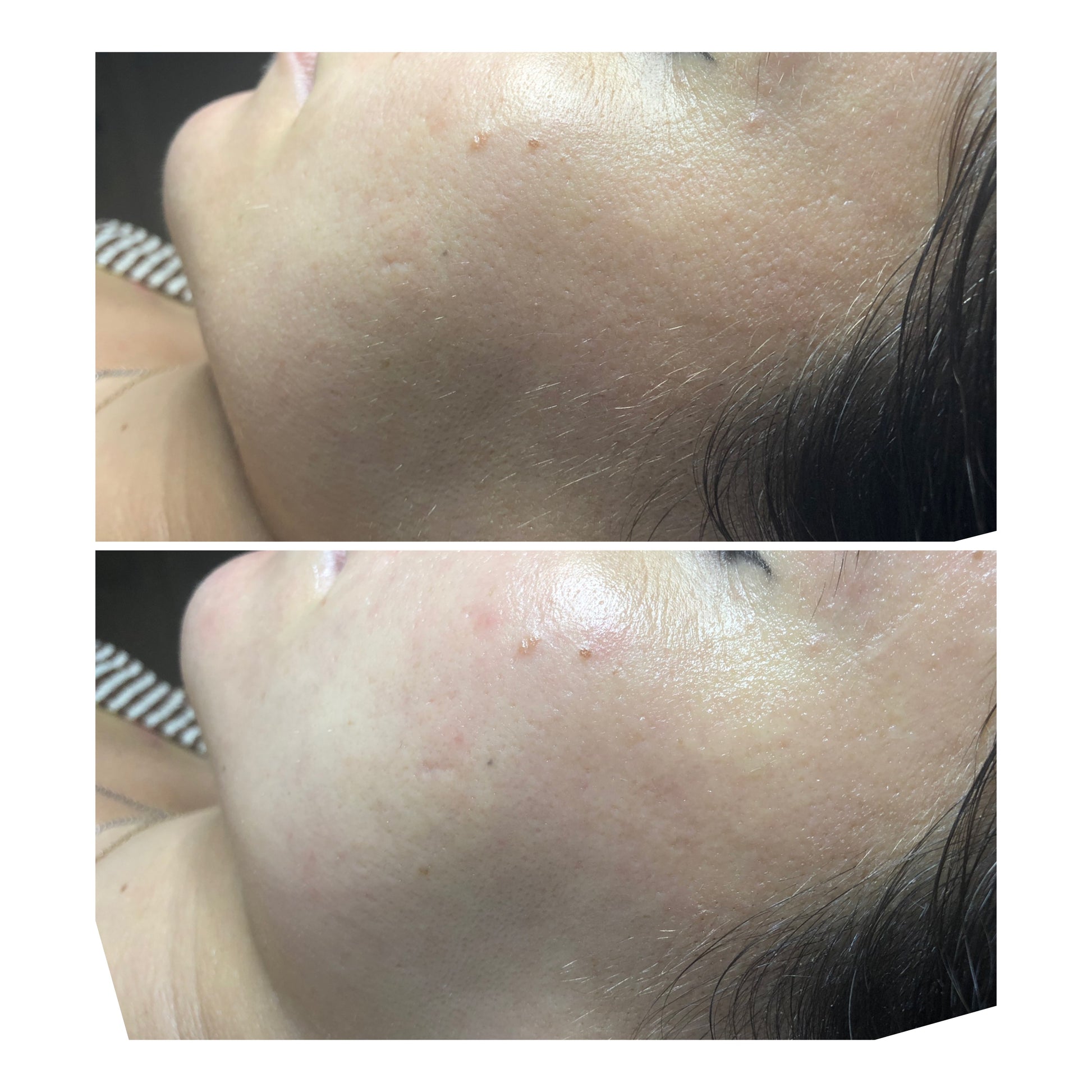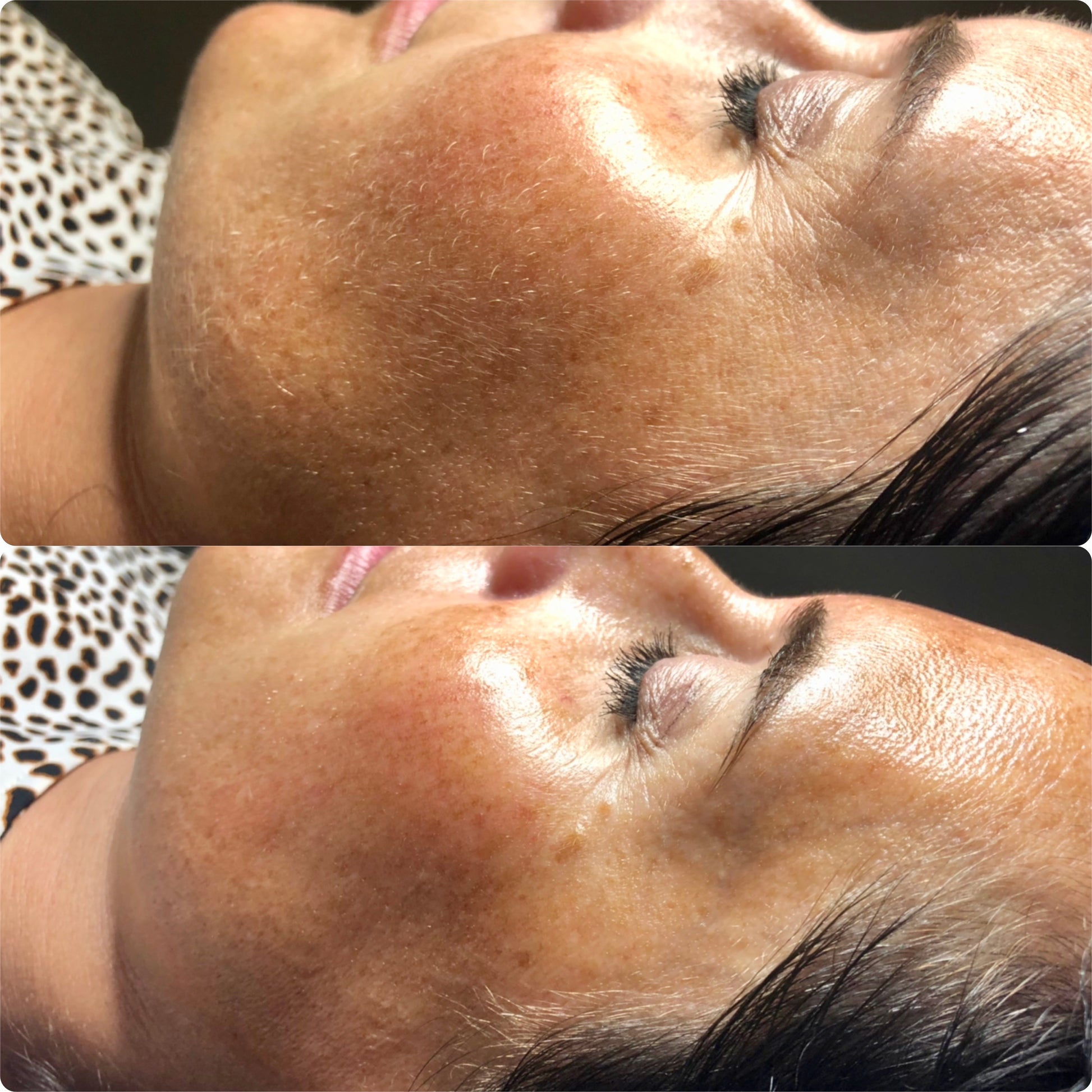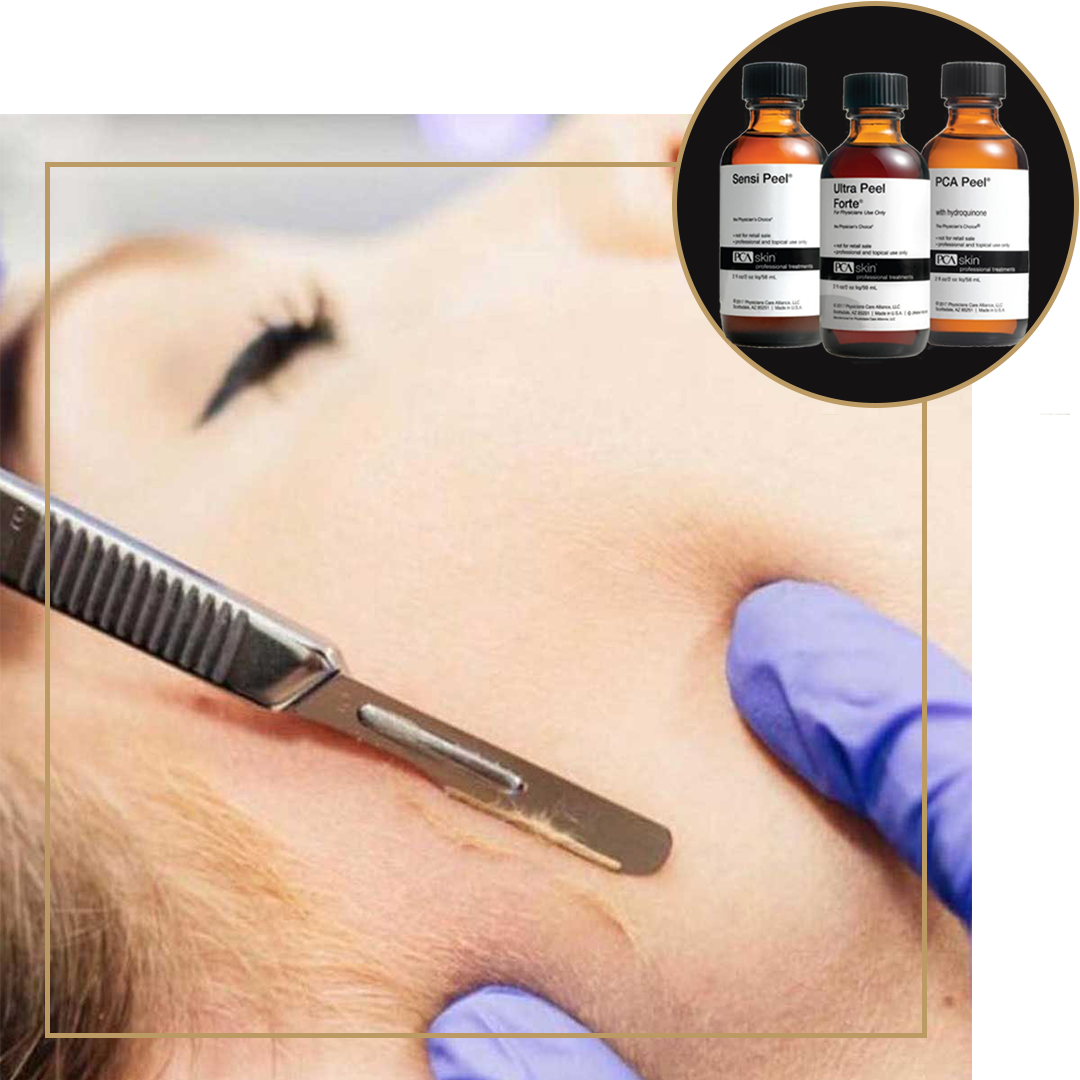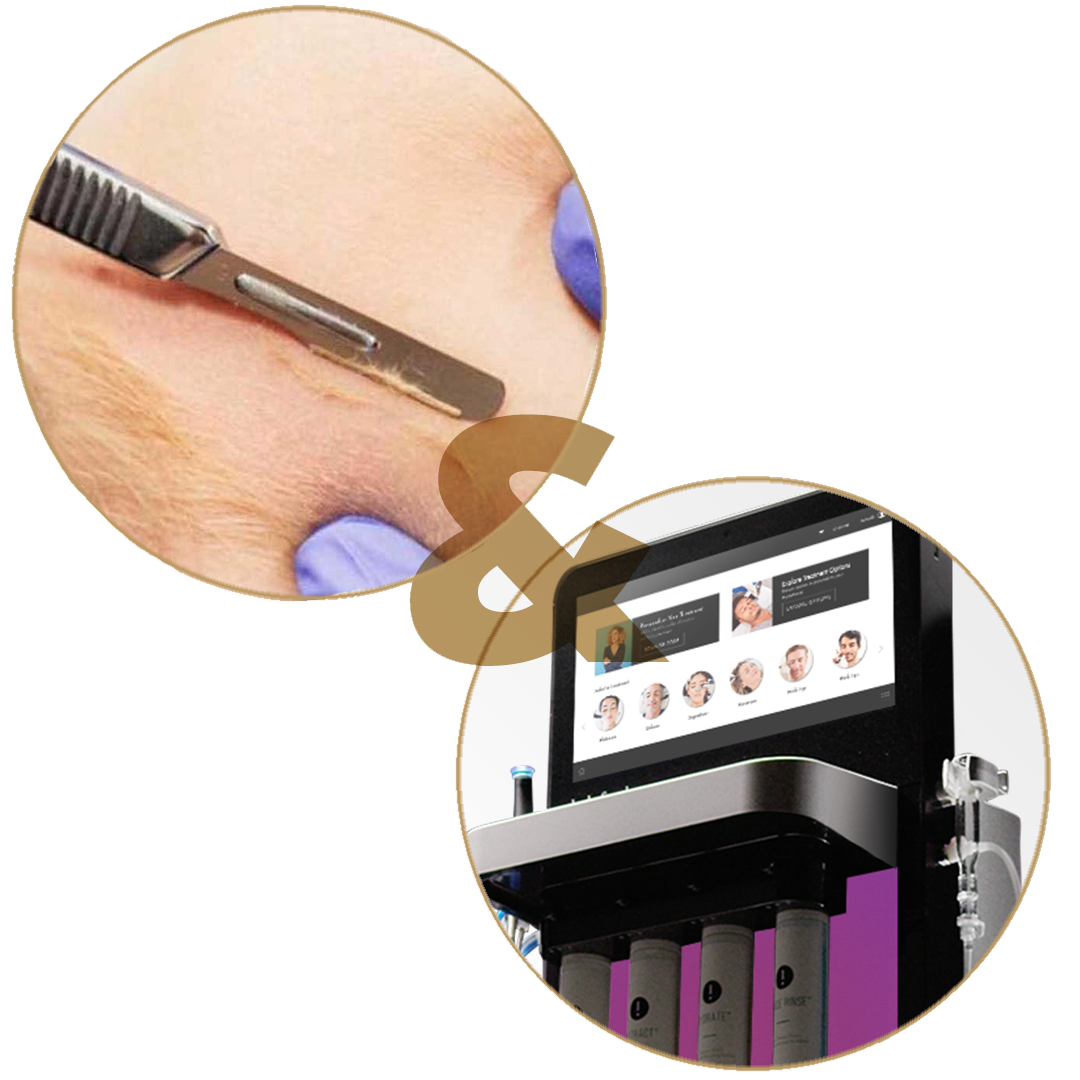Skin Spa New York
Couldn't load pickup availability
Dermaplaning is an exfoliating procedure that uses a straight-edge blade to effectively remove dead skin cells. This treatment promotes optimal absorption of skincare products and laser therapies, leaving your skin looking brighter and smoother immediately. Whether performed alone or in combination with other therapies, dermaplaning effectively treats fine lines, vellus hairs, and pigmentation irregularities.
Skin Spa offers Dermaplaning services at multiple locations
Dermaplaning NYC
Dermaplaning Boston
Dermaplaning Miami
Share

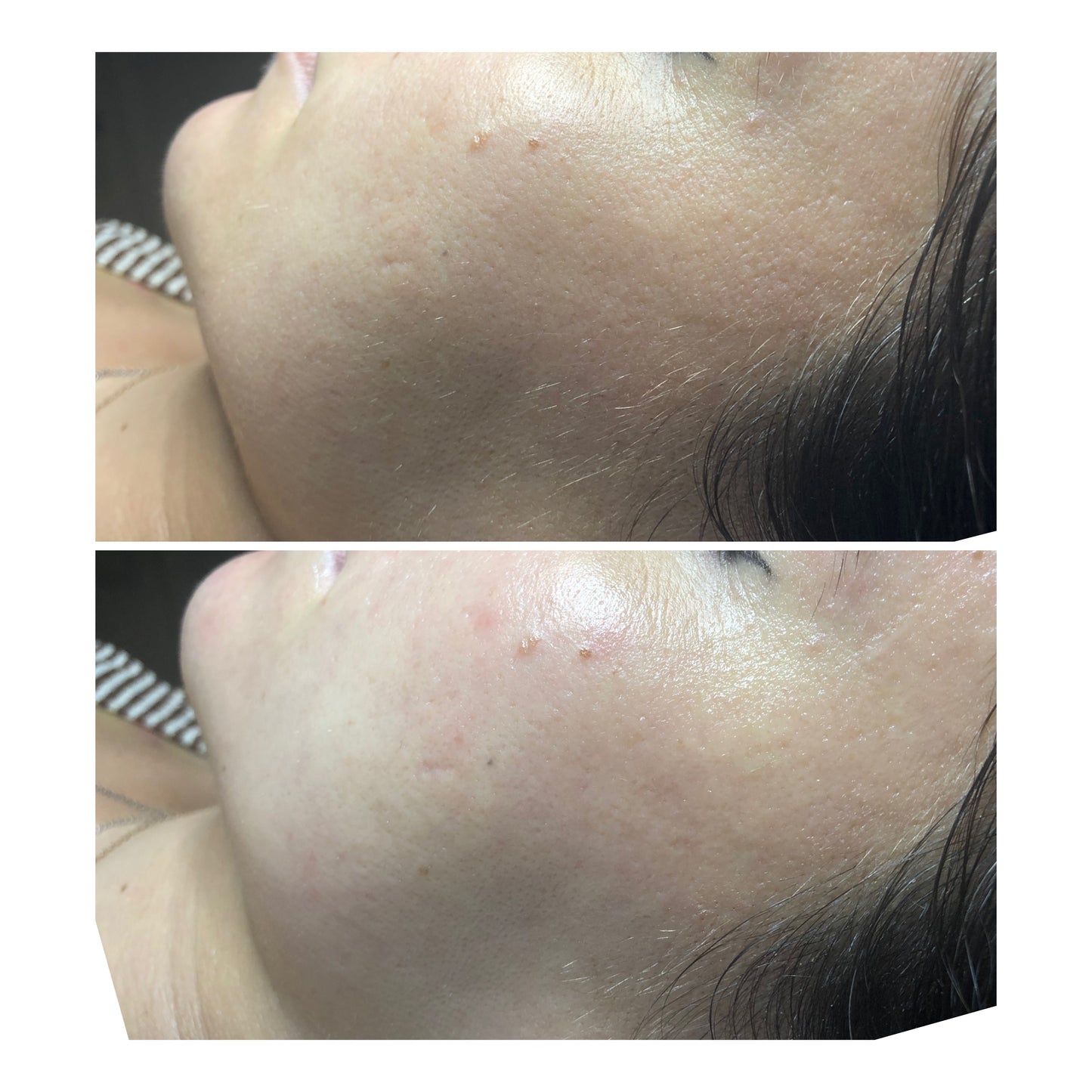
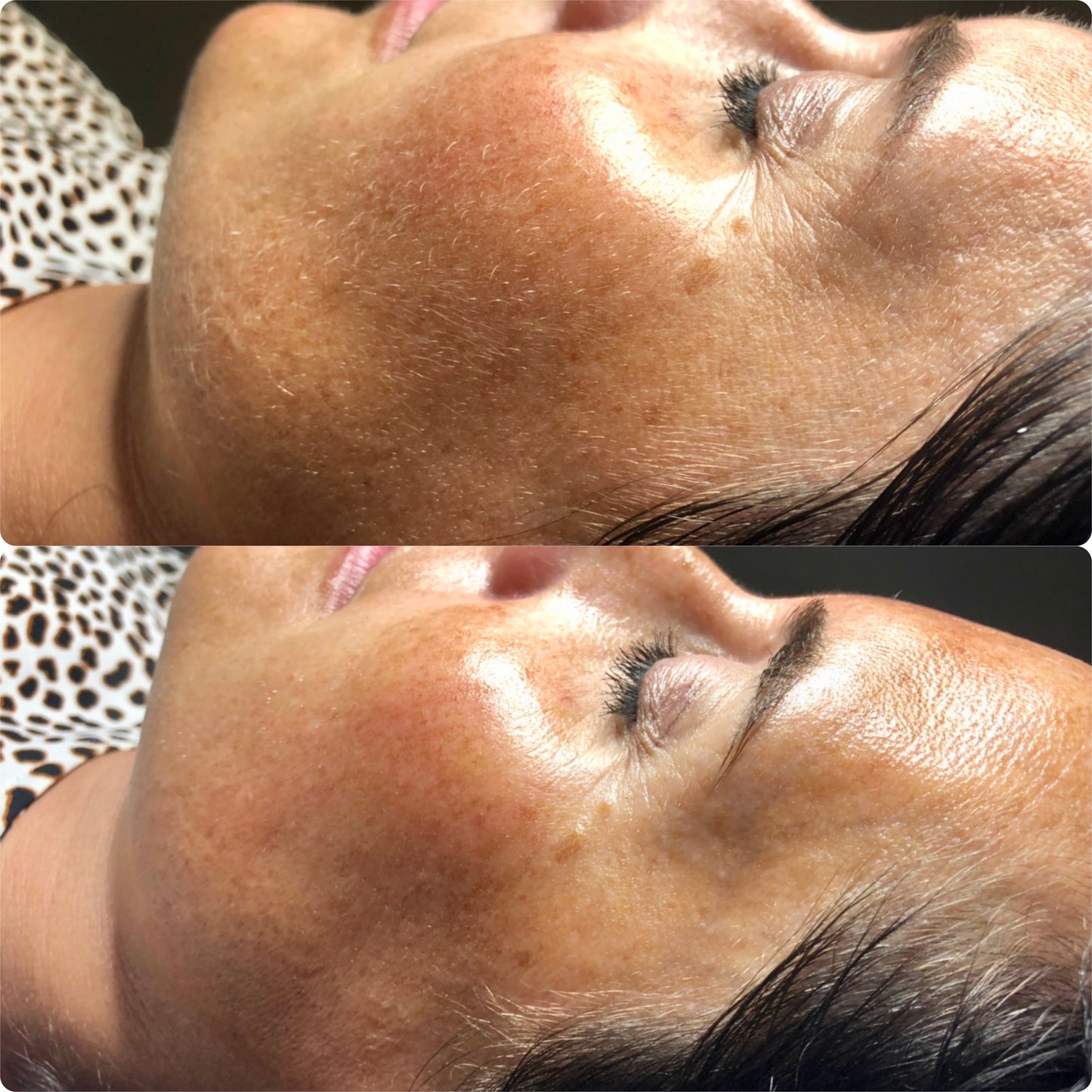
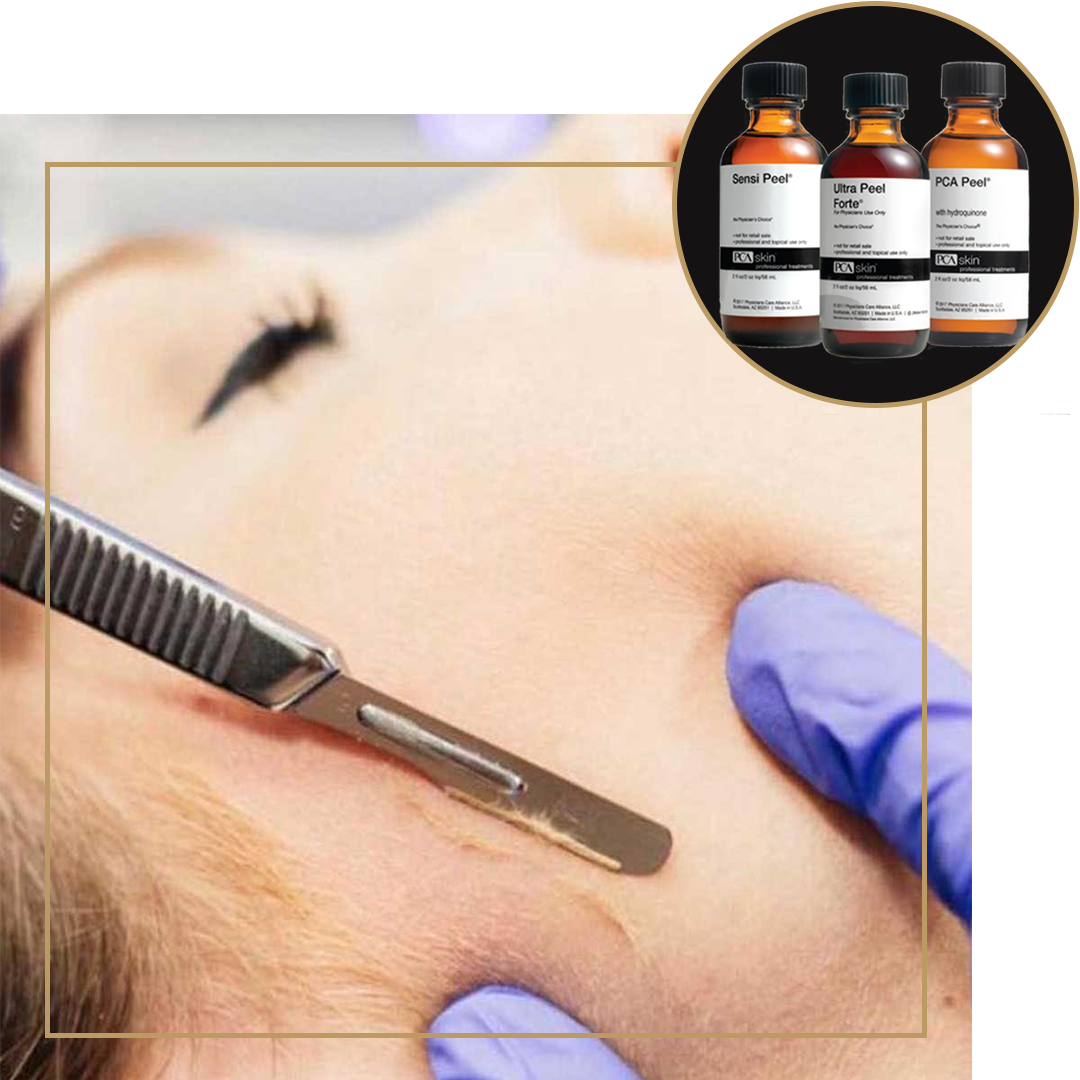
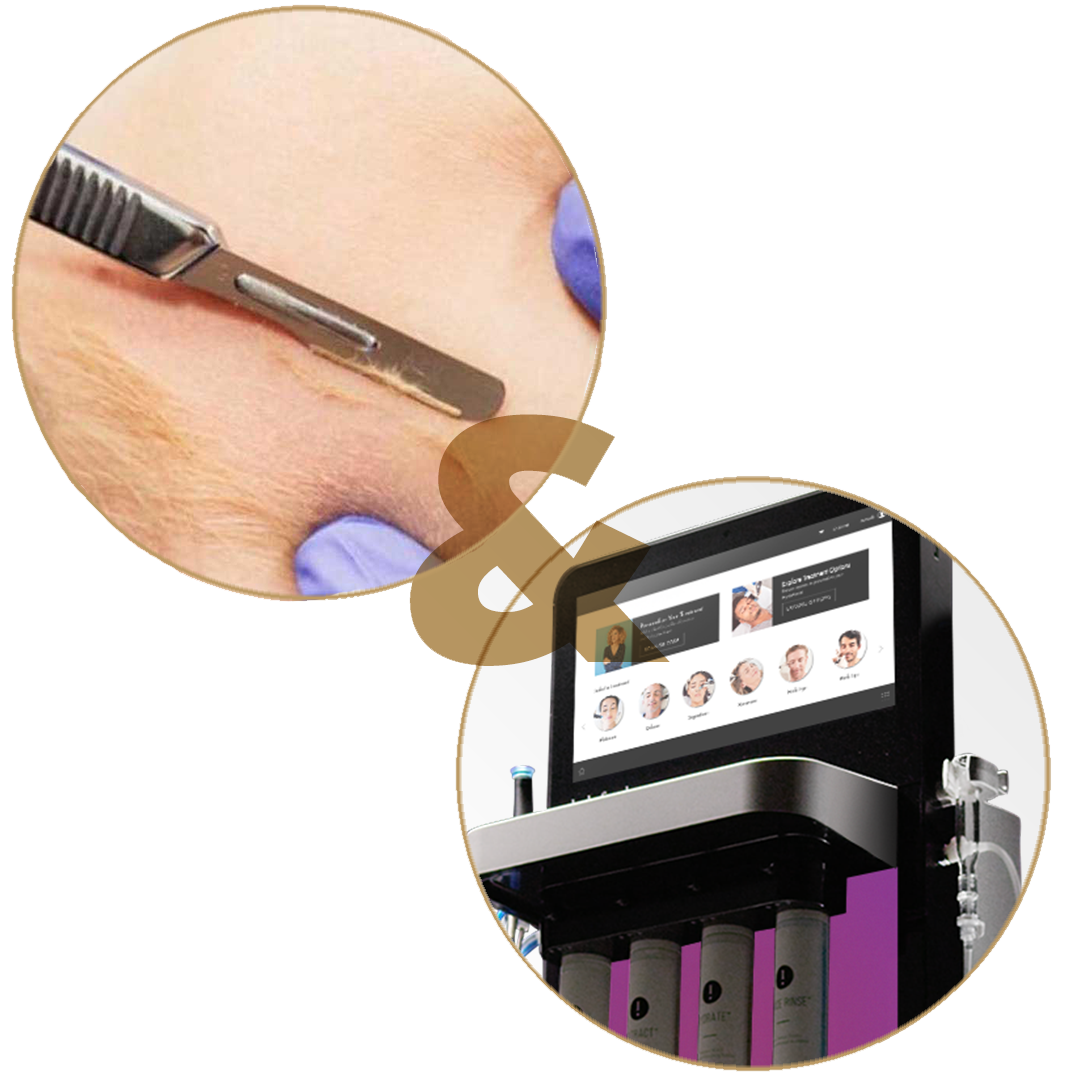
Key Benefits
-
Skin Care Features
-
Skin Care Effects
-
Suitable for
The Skin Spa New York Difference
-

Professionally trained and licensed estheticians delivering trusted, results-driven skincare at every Skin Spa New York location.
Know Before You Go
For optimal results, review our pre-appointment guidelines and post-care tips. Visit our Know Before You Go page to ensure you're fully prepared for your treatment.


